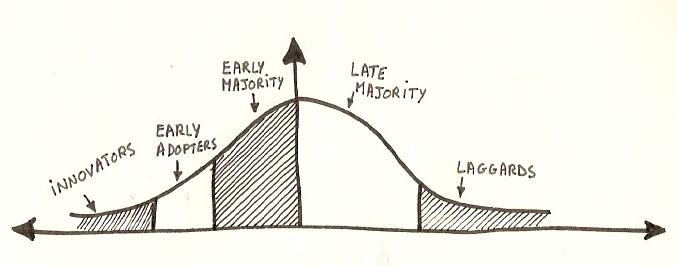
For six years, there’s been a V-shaped light at the end of the PhD tunnel. Now the viva is behind me.
Post-viva is a new experience.
What next?
I have amendments, which were to be expected. Chapters 1-6 are ok but Chapter 7 needs restructuring. The feedback is explicit and it’s good to know the precise areas which require attention. This is also a welcome opportunity to fix the embarrassing typos and broken cross-referencing links which appeared on the printed copy!
There’s a post-viva tunnel. This one has a light at the end too.

The viva is a critical part of the doctoral process and since agreeing the date, all future decisions have depended on them being ‘Before-viva’ or ‘After-viva’. Across the summer everything has been focused on V-day.
Coming out the other side is to pass a landmark in the doctoral journey but truth be told, it felt a bit disorientating. The adrenaline-fueled push was suddenly over and no one really prepares you for that.
What was it like?

When you press the thesis submit button, there’s no going back. The viva is a similar experience. The days leading up to it felt like a rollercoaster with no stopping or changing ahead. The inevitability was almost comforting. This was it. Then, within a few hours, that was that.
You can’t change anything.
What’s said in the viva stays in the viva.
This creates a sense of liberation.
Your thesis has been taken apart and reconstructed. You know what to do next. In comparison, the writing-up stage was a constant state of uncertainty. Change this. Move that. Rephrase the paragraph. Post-viva is different. Someone else has told you what’s required.
It’s another step in the letting-go process. For years, you’ve been creating this unique work. Now, you’re getting close to the end point.

Viva-prep
Two leading academics in your field have been invited to read and give feedback on your work. Preparation for this is essential.
You can assume you’ll be asked to talk about what you did, alongside the background and rationale, but you can never be sure of the other questions. Everyone’s viva will be different. The focus is on ‘your’ research, so the questions will be unique to this. With hindsight, I’d recommend the following viva-prep activities:
- Work through the Tiny book of viva prep from viva survivors and the Top 40 viva questions (just a few of many similar resources online)
- Ask your supervisory team to arrange a mock viva; the opportunity to ‘practice’ is invaluable
- You can take your thesis and notes into the viva so:
- Read the chapters, from start to finish, and highlight key points
- Use coloured stickers to mark the beginning of each chapter
- Proof read and check references again; there will be errors!
- List the typos and take them with you to show you care
- Print out key images (models, tables etc) and annotate
- Use PowerPoint for notes (great tip from Chrissi Nerantzi); the slide size ensures conciseness while larger text is easy to glance at
- Talk to others face-to-face and online; colleagues will be happy to share a range of viva experiences
- Twitter can be a useful source of advice/support (e.g. #phdforum #phdlife #phdchat #phdweekend @AcademicChatter)

Be prepared
The viva is a formal academic process. It’s steeped in tradition and focussed on validating original contributions to knowledge. This is an opportunity to ‘defend’ your research decisions and outcomes.
A viva demands respect as well as confidence in your work, and its this challenging combination which adds to the uniqueness of the experience.
Any PhD journey has pivot points and the viva is one of them. Even with amendments, it brings with it a sense of achievement. Afterwards, I felt the knowledge thresholds I’d crossed over the years were becoming more defined and consolidated.
What did I learn?
A PhD is about mastering the tools of research. Sometimes it felt possession of these were taken for granted. My postgraduate degrees hadn’t prepared me for the rigours of a doctorate and there were times when it was assumed I knew what I was doing – when I didn’t.
It takes time to understand what ‘taking ownership of your research’ means. It requires stepping out alone and finding your doctoral self. Nothing can prepare you for that. You have to do it to know it, and the process can be messy.

Looking back, the early years presented some anomalies. If you lack knowledge and experience for progression, you can make mistakes. While these offer valuable insight, it can be disheartening at the time. For example, at the start I struggled to understand the difference between critique and criticism. I mistook invitations to defend my point of view with thinking it was wrong and needed changing.
I learned it takes confidence to make and justify original contributions to knowledge.
When it comes to the PhD, many students are embarking on something new and unfamiliar. They have to make their tools as well as use them. The process can be supported, but it needs to be experienced to be fully understood and I didn’t anticipate how confusing or potentially alienating this could be.
Know this…
The PhD will take over your life. Friends and family will be neglected. You’ll either be working on it, or feeling guilty because you’re not.

The going will get tough but when it does, hang on in there. Take it a chapter, a page, or even a sentence at a time. When the whole seems too much, it helps to break it down into smaller parts. If that doesn’t work, walk away.
It may sound counter-intuitive. There were many times I needed to stop but thought if I stayed with the laptop a bit longer, the problem would work itself out. I learned taking a break (walk to the park, down the river, round the block) often meant the solution suddenly appeared in my mind. This almost always happened so take a notebook!

When it gets tough, tell yourself it’s perfectly possible – because it is.
Here I am. Post-viva and so close to finishing, it feels realistic to start planning for post-PhD.
More than anything, I’m looking forward to reading again. The Tsunduko pile at home is onto its second column. There’s fact and fiction relating to Greek myth, poetry and prose on the Trojan War, and fantasy of the Philip Rothfuss kind.

image from http://www.openculture.com/2018/07/tsundoku.html
I’ve forgotten what it feels like to read for pleasure, without thinking it should be a research-related book or journal. I’m looking forward to experiencing the sheer joy of losing yourself in the pages.
Then, there’s the writing. Plans are already underway for performing some of my work in the new year. To have cognitive space for creativity again will be a total joy.
That’ll do well for starters!




















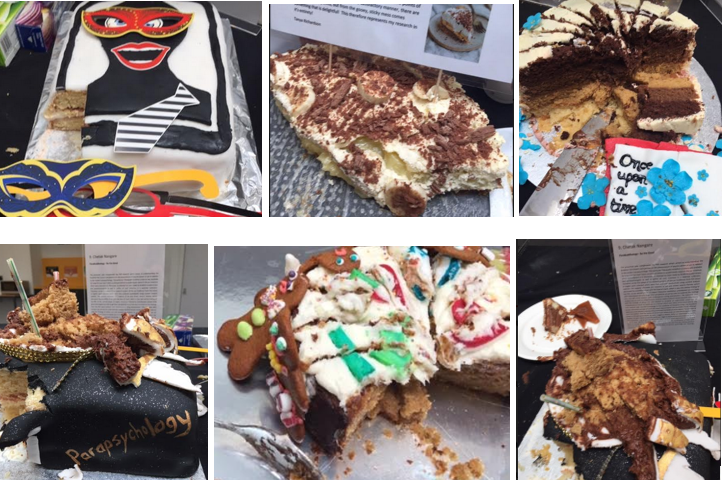




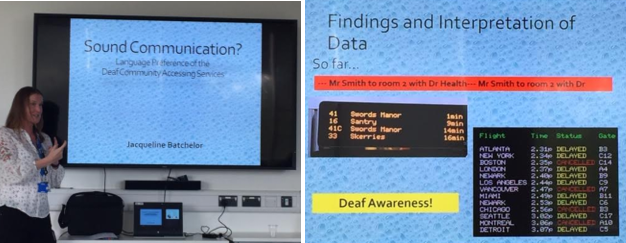





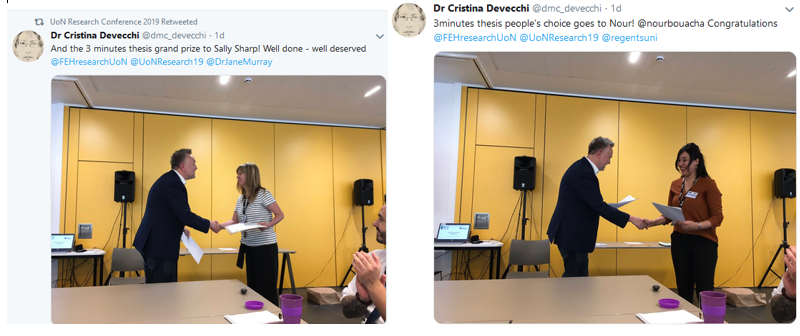


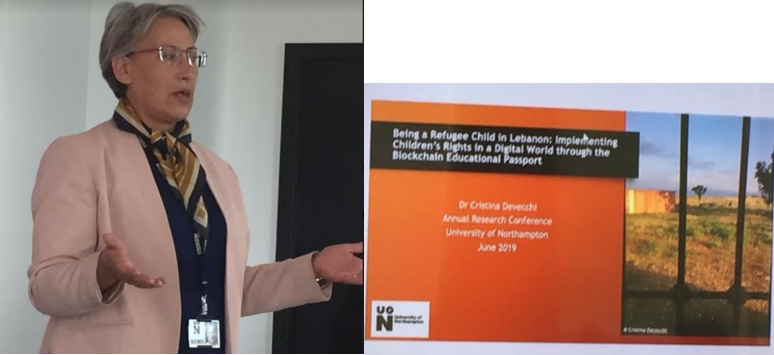



 places set up to enhance or extend face-to-face education. Why? When the discourse is digital technology transforms – even revolutionises – higher education.
places set up to enhance or extend face-to-face education. Why? When the discourse is digital technology transforms – even revolutionises – higher education. Of all the reasons for keeping a blog (another post!) reducing large to small can be a challengem one which forces critical reflection on how to ensure it becomes a useful reference.
Of all the reasons for keeping a blog (another post!) reducing large to small can be a challengem one which forces critical reflection on how to ensure it becomes a useful reference.





 So here’s my top ten books choice from the research corner of my room.
So here’s my top ten books choice from the research corner of my room.















 ows chrysanthemums. Across the way is Alan, newly retired, who grows and shows dahlias. The colours are fabulous as are the bunches they bring me in September.
ows chrysanthemums. Across the way is Alan, newly retired, who grows and shows dahlias. The colours are fabulous as are the bunches they bring me in September.